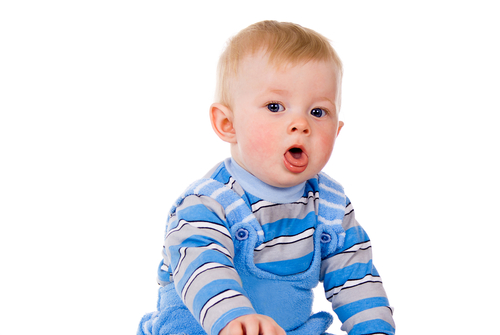- A common lung infection in young children and infants.
- It causes inflammation and congestion in the small airways (bronchioles) of the lung.
- Almost always caused by a virus.
- Begins with symptoms similar to those of the common cold but then progresses to coughing, wheezing and sometimes difficulty breathing.
- Symtoms may last for several days to weeks, even a month.
- Most children get better with care at home.
- Occurs a virus infects the bronchioles, causing them to swell and become inflamed. Mucus would then accumulate, making it difficult for air to travel.
Most cases of bronchiolitis are caused by the respiratory syncytial virus (RSV).
- RSV is a common virus that infects just about every child by the age of 2. Outbreaks of the RSV infection occur every winter. Bronchiolitis can also be caused by other viruses, including those that cause the flu or the common cold. Infants can be reinfected with RSV because at least two strains exist.
- The viruses that cause bronchiolitis are easily spread. You can contract them through droplets in the air when someone who is sick coughs, sneezes or talks. You can also get them by touching shared objects — such as utensils, towels or toys — and then touching your eyes, nose or mouth.
Infants younger than 3 months of age are at greatest risk of getting bronchiolitis because their lungs and immune systems aren’t yet fully developed.
Other factors that are associated with an increased risk of bronchiolitis in infants, or more severe illness due to bronchiolitis, includes:
- Premature birth
- An underlying heart or lung condition
- A depressed immune system
- Exposure to tobacco smoke
- Never having been breast-fed — breast-fed babies receive immune benefits from the mother
- Contact with multiple children, such as in a child care setting
- Living in a crowded environment
- Having siblings who attend school or child care and bring home the infection


